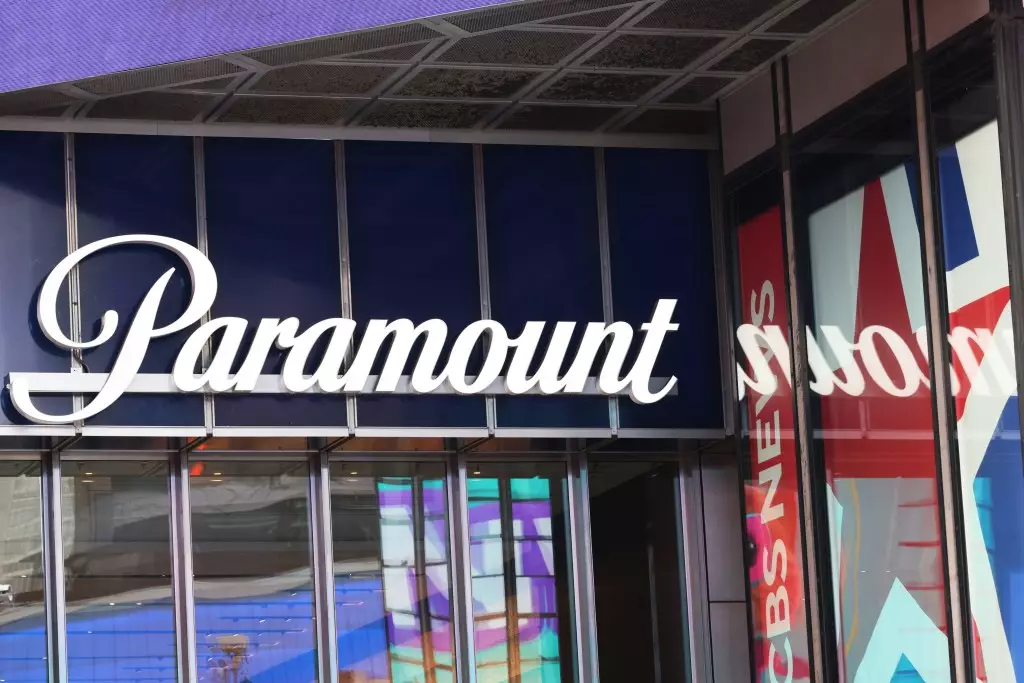Paramount Global is gearing up for its annual shareholder meeting on July 2, an event that serves as both a window into the company’s strategic mindset and an indicator of the complexities surrounding its anticipated merger with Skydance Media. Scheduled for 9 a.m. ET, the virtual gathering will not involve a shareholder vote on the merger—a unique circumstance attributable to the firm’s controlled structure, primarily managed by Non-Executive Chairwoman Shari Redstone and her family, who hold a substantial portion of the company’s shares. This meeting not only allows shareholders the opportunity to elect three new members to the board but also showcases a critical moment for Paramount as it maneuvers through a challenging landscape.
It is intriguing to note the election of new board members such as attorney Mary Boies, ex-judge Roanne Sragow Licht, and venture capitalist Charles Ryan. This new influx of talent is essential, given the board’s recent contraction from four to seven members. It highlights Paramount’s need for diversified perspectives and robust leadership as it aims to navigate both internal restructuring and external regulatory hurdles. The visible shift in board composition indicates Paramount’s desire to adapt more rapidly and effectively to evolving market conditions while maintaining a keen focus on long-term growth strategies.
The Obstacle: Regulatory Approval and Political Climate
The $8 billion merger with Skydance Media remains entangled in a web of regulatory scrutiny, primarily due to the necessary approval from the Federal Communications Commission (FCC). The timeline for this approval has raised eyebrows as Paramount has resolutely maintained its prediction of achieving closure by mid-2025. However, the current reality suggests that these timelines may be increasingly optimistic.
The FCC’s evaluation has been profoundly impacted by the political climate surrounding former President Donald Trump’s ongoing feud with CBS, which only complicates matters for Paramount. Trump’s $20 billion lawsuit against CBS over perceived media biases and misrepresentation has overshadowed the review process, creating a situation rife with uncertainty. This brazen clash of politics and corporate dynamics exemplifies the convoluted relationship between media entities and regulatory bodies. Even more concerning is the notion that FCC Chair Brendan Carr may not be inclined to expedite the review process, despite claims that the commission’s actions remain insulated from political influences.
Furthermore, the fact that both Redstone and Larry Ellison, financier behind Skydance, are known supporters of Trump adds a layer of irony to the situation. What was once predicted to be a smooth integration into a less restrictive industry landscape has devolved into a battleground of personal grievances. What does this indicate for Paramount? In an industry where alliances are often forged on much simpler terms, the entanglement of corporate maneuvers with personal vendettas can prove devastating to shareholders and stakeholders alike.
Communicating Resilience Amidst Challenges
Throughout this tumultuous period, Paramount’s leadership has made concerted efforts to reassure investors about the company’s resilience. The joint letter from Co-CEOs George Cheeks, Chris McCarthy, and Brian Robbins highlights the organization’s achievements amid a climate brimming with challenges. They emphasize the transformative nature of 2024 for Paramount, subliminally reminding stakeholders that the company remains focused on innovation and adaptation, despite external distractions.
This resilient narrative is essential; it not only serves to placate investors but also reaffirms Paramount’s commitment to navigating an industry marked by rapid technological advancements and changing consumer preferences. By touting past successes, Paramount positions itself as a leader capable of thriving even when external conditions are less than favorable.
Eventually, the ability of Paramount to leverage its strengths in storytelling, brand equity, and strategic partnerships might be pivotal. As the landscape continues to evolve, the company’s ability to adapt and respond to emerging challenges will not merely be a test of its corporate strategy but also a reflection of its foundational values and leadership readiness.
In an industry where change is the only constant, Paramount’s current endeavors encapsulate a broader narrative about resilience and the complexity of merging media entities in an era defined by polarization and unpredictability. While the road ahead is fraught with obstacles and delays, it presents an opportunity for Paramount to forge a new path—one that prioritizes agility and vision in a dynamic entertainment landscape.
